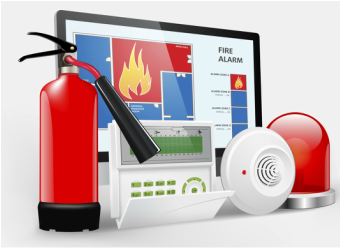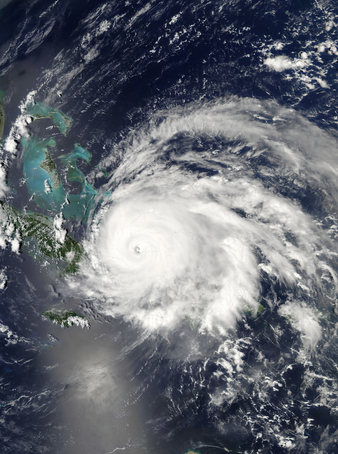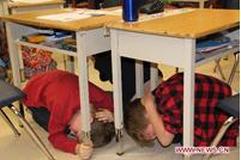
By Dr. Tom Horton
Preface:
School fires may occur in a manner not anticipated by those whose duty it is to plan for contingencies outside the norm. A periodic meeting of school officials who "brainstorm" the ways fire could break out and short-circuit the fire alarm system (airplane crash, earthquake, terrorist attack, etc.) should be anticipated and planned for.
Though not a school event, an elderly couple in my town recently lost their home to fire and the cause was the amount of lint and dust collected in the rear of the washing machine coming into contact with a frayed wire. All schools have clothes washers for athletic purposes, but I wonder how many principals insure that even these obscure areas are frequently checked?
Preface:
School fires may occur in a manner not anticipated by those whose duty it is to plan for contingencies outside the norm. A periodic meeting of school officials who "brainstorm" the ways fire could break out and short-circuit the fire alarm system (airplane crash, earthquake, terrorist attack, etc.) should be anticipated and planned for.
Though not a school event, an elderly couple in my town recently lost their home to fire and the cause was the amount of lint and dust collected in the rear of the washing machine coming into contact with a frayed wire. All schools have clothes washers for athletic purposes, but I wonder how many principals insure that even these obscure areas are frequently checked?
THE 4 BE's:
- BE PROACTIVE
Think beyond the realm of what is routine and expected. Combustibles, frayed wires, short-circuits, etc. can and are often neglected in the hustle and bustle of school day maintenance. Place your top people in positions of checking up on details rather than the hourly employee. - BE PREPARED
Administrators must have contingency plans similar to those at the Pentagon. Somewhere those people have a plan for what our response will be if Peru invades Brazil, or vice-versa. What would our school do if a two-engine airplane crashed into one of our buildings, or in our playground and exploded into a fireball? It has happened before. So, pre-think every unlikely scenario that you can and develop a quick response. Then talk about these responses with key people from time to time. - BE ACCOUNTABLE
Know who is in a classroom at all times. Know who works in those offices and cubicles. Restroom facilities will always be a problem for firefighters, but teachers must exit a building with a class roll and accurate attendance list. This simple, but tedious policy saves lives and aides the responders greatly. Another part of being accountable is the follow through with fire drills and seeing to it that an alternate escape route is planned for as well. - BE CALM
Fear and uncertainty in a leader can be a deadly factor when danger looms. The leadership positions must be self-assured and well-practiced in their response. The intercom may not work, the fire alarm may not sound, the smoke may force people to crawl without benefit of good light to see. Panic and stampede can be more deadly than the flames. Our firefighters practice for many contingencies, and so should we.
THE 4 BE NOT's:
- BE NOT COMPLACENT
- BE NOT CONFUSED
- BE NOT PANICKY
- BE NOT CASUALTIES IN THIS EMERGENCY!
Download the "Fire Prevention" by Dr. Tom Horton (PDF)
| fire_prevention_admin_dr_tom_horton_dec2015.pdf |






 RSS Feed
RSS Feed